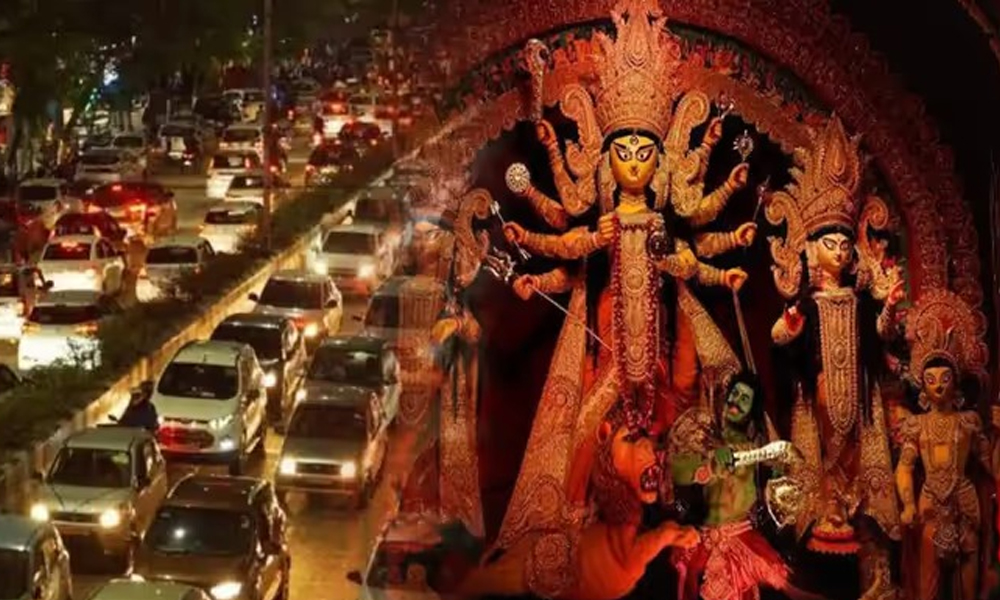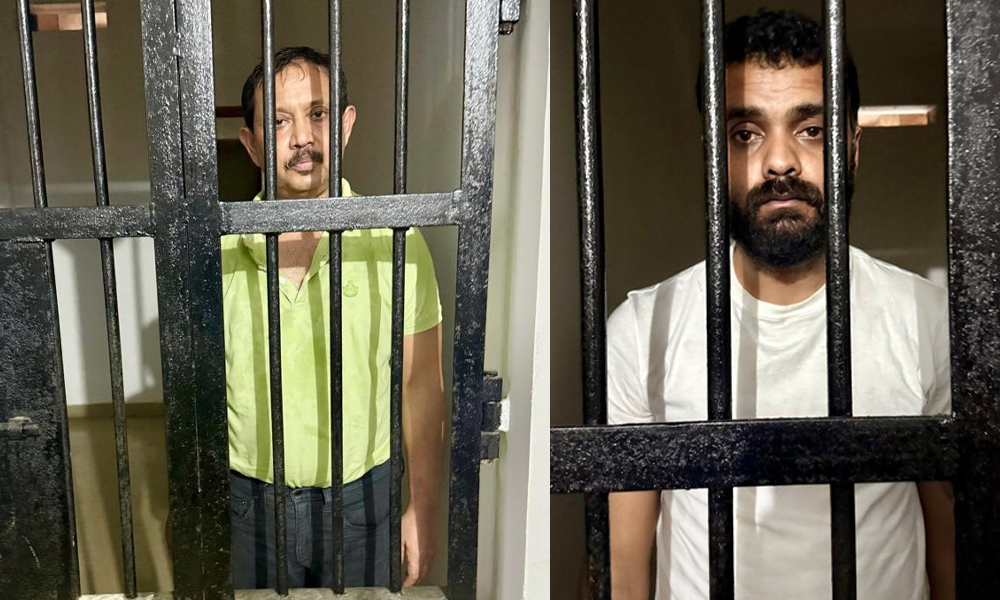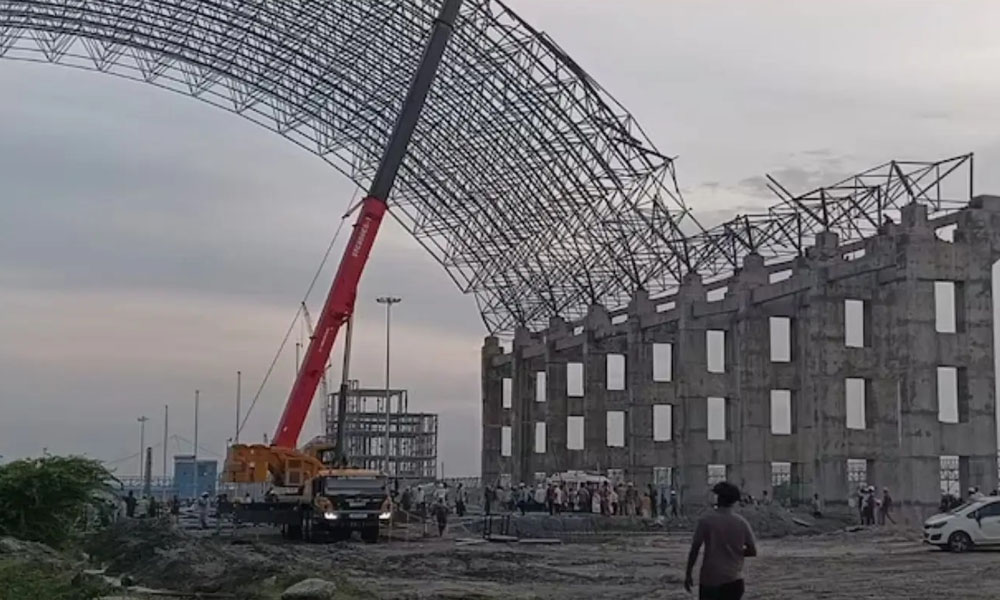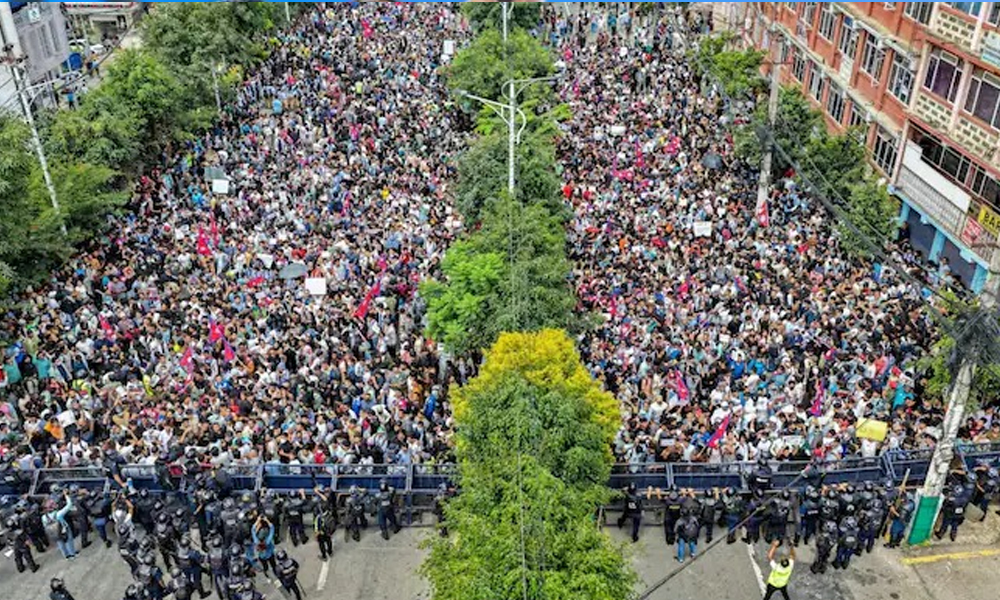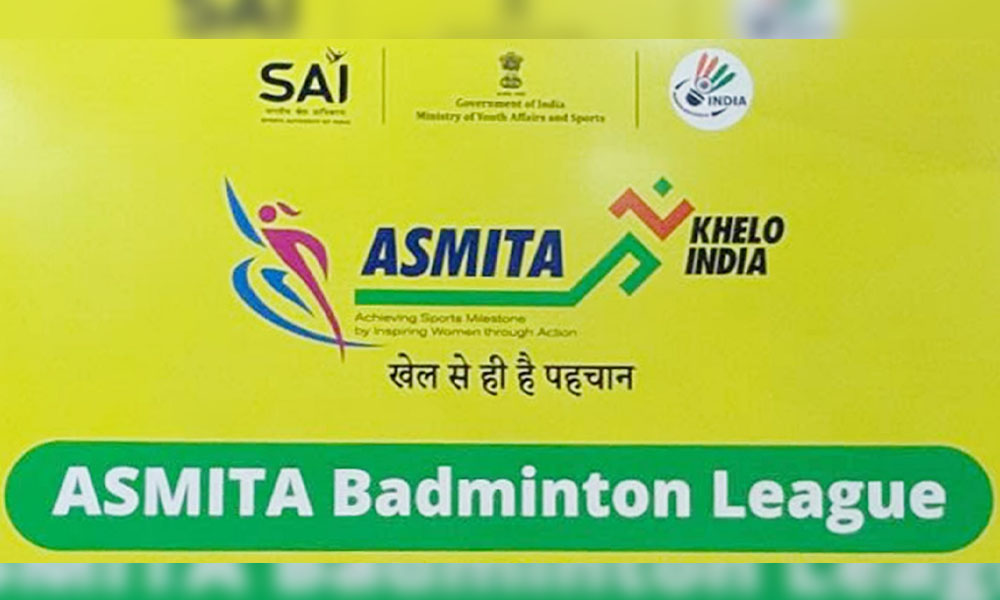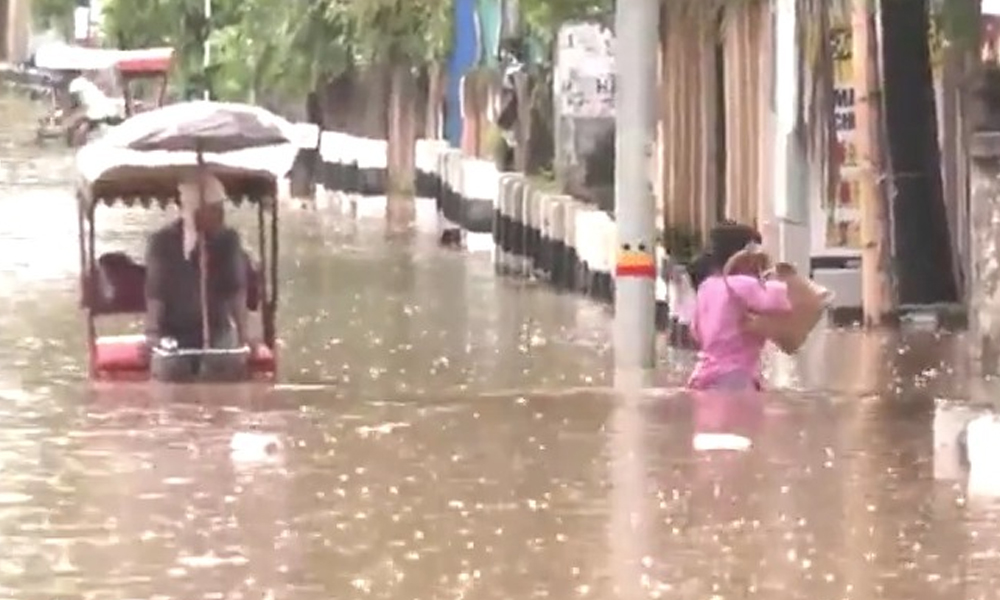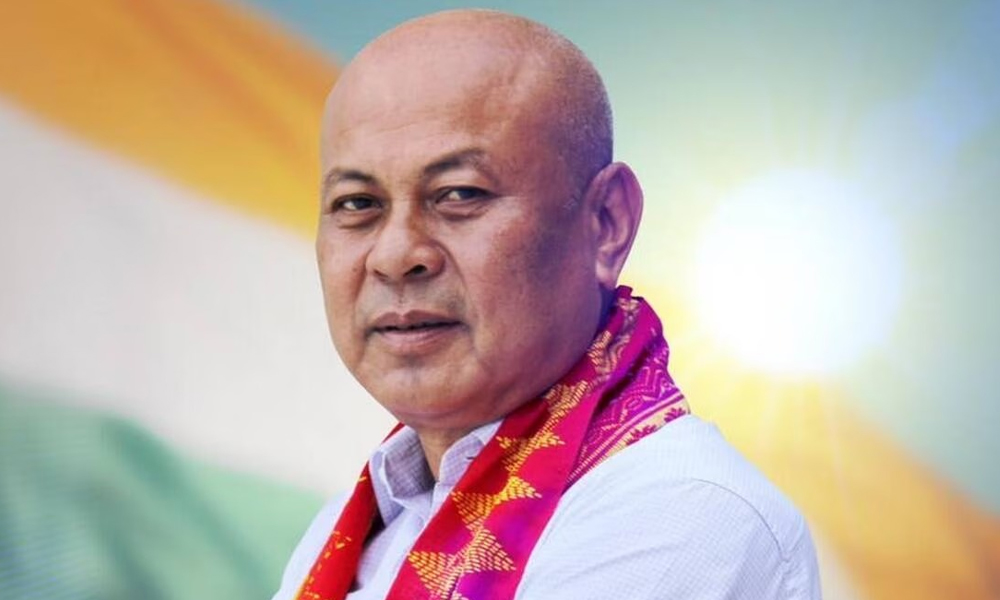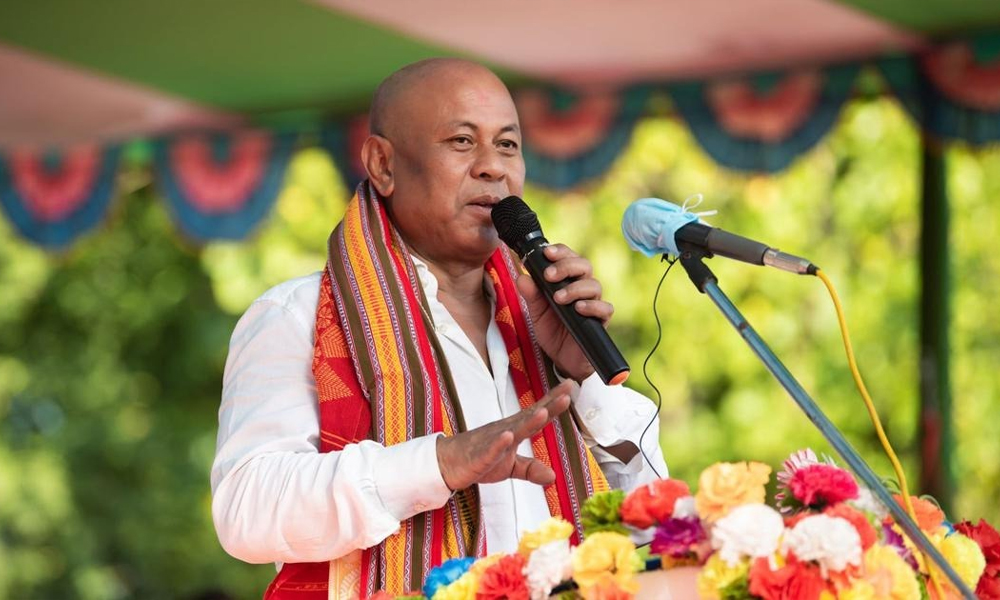Lower pass percentages seem to be concentrated in government schools in rural districts, which are also among the poorest in the state. Teachers and educationists say the disparities between private and public educational institutions have also become distinct.
The students were distracted because of COVID in the last two years, said RS Jain, chairperson of the Board of Secondary Education, which examines Assam. Last year, the board did not conduct state-wide examinations. "There was a school-based evaluation last year, and everybody passed."
Assam's secondary education department has now handed show-cause notices to 102 state-run schools. Of these, 25 schools had zero pass percentages. In 70 schools, less than 10% of students passed, while in seven schools, just 10% passed.
Lower pass percentages seem to be concentrated in government schools in rural districts, which are also among the poorest in the state. Teachers and educationists say the disparities between private and public educational institutions have also become distinct.
A knowledge gap
Students who had prepared adequately for the exams, according to State Board Secretary Narnarayan Nath, were able to pass, despite the fact that they were only evaluated on 60% of the normal coursework.
Parvin Sultana, a teacher at PB College in Gauripur, Dhubri district, one of Assam's poorest, noted that students struggled to study due to a lack of smartphone access and inadequate network coverage.
"School students suffered the most," Sultana explained, "since it required time to create an alternative means of spreading instruction.
However, Assam's Class 10 examination pass rates have consistently been low.
The results this year had the third lowest success rate in the recent decade, according to data from the Board of Seconda y Education.
In 2017, the pass rate was 47.94 percent, the lowest in ten years.
It was because scores were not inflated to reflect higher performance that year, according to Himanta Biswa Sarma, then Assam's education minister and now the state's chief minister.
In 2018, this percentage increased to 56.04 percent.
Regional disparities
Certain regional disparities have also persisted. For example, upper Assam's Dhemaji district saw the highest with 85.46 percent of students passing, while Chirang in Lower Assam recorded the lowest at 34.27%.
Sixteen Assam's 33 districts could not hit the 50% pass percentage mark. These include the three districts of southern Assam's Barak Valley – Hailakandi, Karimganj, and Cachar, Lower Assam's Bongaigaon, Dhubri, Goalpara, and Chirang districts; as well as hill districts such as West Karbi Anglong and Karbi Anglong.
According to Jain, these districts have shown "traditionally poor" Class 10 results. "In these districts, parents and students are uninterested; there may be livelihood issues," he said. "There are a hundred reasons for the low pass percentage in these districts."
Indranee Dutta, who has also taught at the Omeo Kumar Das Institute of Social Change and Development in Guwahati, said decades of government neglect of education in impoverished areas were also to blame.
"The government is so apathetic towards educating poor children, especially in char, or riverine, areas and tea gardens," said Dutta.
Chars are shifting sand bars in the middle of the Brahmaputra River; most people who live here are Bengali-origin Muslims. Char area and tea community students suffer from many disadvantages - floods, poor communication, and poverty. Moreover, there is a lack of teachers and awareness. "
According to Dutta, children from these communities also grapple with difficult living conditions at home. "The government has to be proactive and give special attention in the areas where students are lagging," Dutta said.
Poor students stop attending school
Badrul Baig, principal of the government-run Dabaka High School in the Hojai district, said the poor performance in government schools this year was mainly because of the lack of teachers and infrastructure, not to mention the adverse effects of the pandemic. As a result, the minority-dominated district recorded a pass percentage of just 37% this year.
Of the 85 students at Dabaka High School who appeared for the exam, only 21 passed. The high school has over 600 students from classes 6-10 and just seven teachers.
Baig said many students had stopped coming to school after the pandemic. "The poor families were hit hard by lockdowns, and they could barely make ends meet," he said. "They engaged many students in child labour because of poverty. Many missed classes."
Baig said online teaching was not viable in a district such as Hojai, where most students are poor and cannot afford smartphones. Besides, in many households, students were first-generation learners, which meant they got no help from their parents at home.
According to Dutta, the poor performance of government schools results from a push for education privatization. Former principal of B Borooah College and now a member of a civil society organization that works for social welfare in rural areas also suggested the government wanted to wash its hands of state schools and encourage more private schools.
State education minister Pegu said they would study the poor performance of government schools, especially those in rural areas, and take measures accordingly. Citing the merit list, he said that English-medium schools had done better than vernacular-medium ones.



